History & Location of Sa’dabad Palace
Sa’dabad Palace is a cultural and historical complex built by the Qajar and Pahlavi dynasty of Iran in the Shemiran area of Tehran. The complex contains 18 palaces belonged to the royal families of Qajar and Pahlavi, in a unique and beautiful garden.The complex was first inhabited by Qajar monarchs and royal family in the 19th century. After an expansion of the compounds, Reza Shah lived there in the 1920s. And his son, Mohammad Reza Pahlavi moved there in the 1970s. Saadabad Palace lies from the north to the Alborz Mountains, from the east to Golabdare, from the west to Velenjak and from the south to Tajrish. Since 1979 revolution, this plant was transformed into the museum. Two palaces, namely, the (white) palace and the green palace, are open to the public, as palace museums and other buildings have been allocated to their specialty for various types of exhibitions.
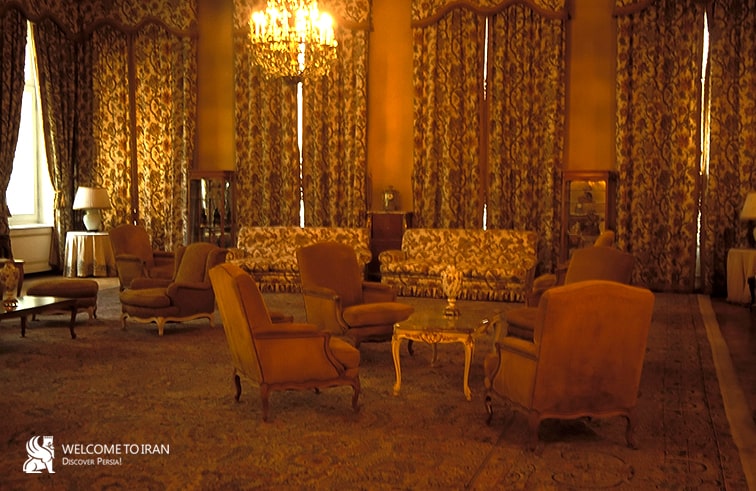
The White Palace:
This is the main palace of the Saadabad Palace and the largest mansion in this collection. It is also called the palace museum of Melat, but due to it’s white color it is also known as the white palace. Right outside of the entrance you can see these pair of boots attached to the ground, as if they were a part of a bigger statue, there is many stories, but all of them confirm that these are in fact Reza Shah’s boots. Some say that this was a full statue and they ruined it during the revolution and others say that it was only the boots as a symbol of power and strength.
There is also another statue that catches one’s eye, it’s the “Archer Arash” statue, Arash is a mythological character that also represents Iran’s rich culture and literature. This statue is over 5 meters tall and located right in front of the main entrance.
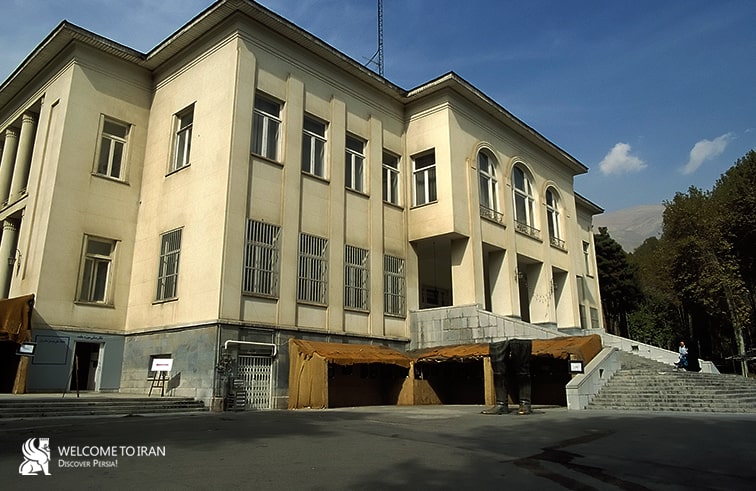
This place used to be the Shah’s (Mohammad Reza shah) summer vacation spot. It was also used for formal events of the royal family. There are 54 rooms in this palace with about 10 different halls. The first king of Pahlavi, reza Shah ordered to build this palace in 1932, which was completed by 1937. But it was used effectively three years later. Many artists and engineers were involved in building this palace. Layout plan was designed by Mr.Khorsandi and construction drawings were developed by Leon Taavosian, Pesyan and Russian Boris. This palace is built in the area of 2164 square meters; It is a two-storey building and a basement with a total of 5000 square meters.
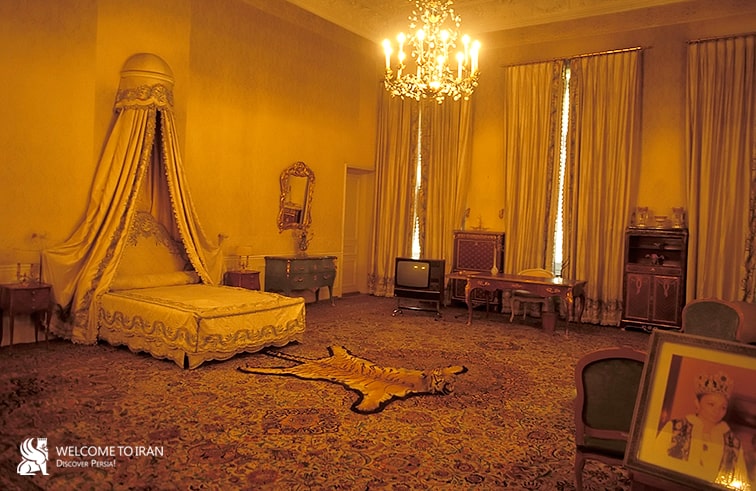
Green Palace Museum
Shahvand Palace, now called Green Palace, is one of the most beautiful palaces in Iran. It is the first palace built in the complex during Pahlavi dynasty by Reza Shah’s order. This palace is located in a higher ground in the northwest of Saadabad Palace. Previously, this building belonged to someone called “AliKhan,” who was one of the great landowners and sold this building to Reza Shah.
During 1923-1929 Reza Shah renovated this building by an architect named “Mirza Jafar Memar Bashi”. The exterior is covered by rare beaded greenery from the province of Zanjan and was therefore called the Green Palace. This palace is a two-storey building with an area of 1203 square meters. The most interesting part of this palace is the mirror hall with a large-format carpet of seventy square meters that the carpet weaver of “Mathad” was called “Amoghli”.
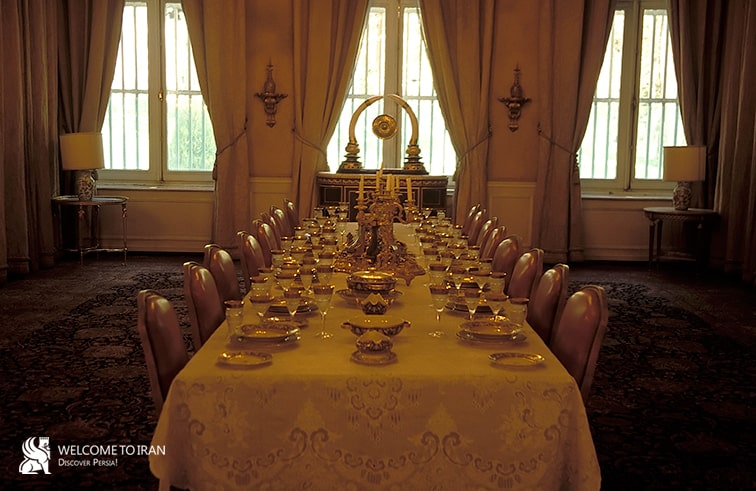
Other Museums in Saadabad Palace :
Today, there are 10 museums in Saadabad Palace open to the public some are as follow:
- Nation palace
- Green Palace
- Fine arts museum: The major part of the paintings in this collection are the oil paintings of Safavid, Afshar, Zand and Qajar periods collected by Mohammad Reza Pahlavi’s last wife, Farah, from an English collectionner called Harold Emmer. The paintings have been arranged on 3 floors: 1) First floor, teahouse painting by contemporary Iranian artists, 2) second floor, various historical periods paintings mentioned above, and 3) Third floor, European works presented to Farah or bought by her.
- Behzad museum: This museum is devoted to the miniatures painted by Hossein Behzad (1895-1968) who made a revolution in Iranian painting. Studying European art and being inspired by Kamal-ed-din Behzad and Reza Abbasy, he introduced a new style of miniature on paper, hard paper or fiberboard. This style is purely Iranian, but it has kept on with its contemporary paces and changes of art in universal art schools.
- Abkar museum: The miniatures in this museum are works of a 20th century artist called Klara Abkar who had her particular style in painting. Her source of inspiration was the rich Iranian literature and mysticism. Her works take the visitors to a world of spirituality and a poem-like or light-music-like harmony that give everyone’s eyes peace and tranquility.
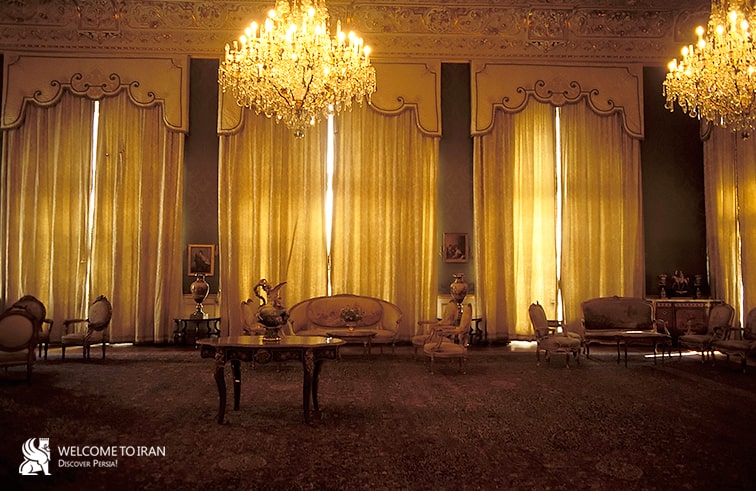
- Mir Emad museum: The main subject of this museum is the most prominent post-Islam Iranian art namely calligraphy. On paper and parchment, there are plenty of various calligraphic styles of writing belonging to 10th to 19th centuries. Mir Emad, himself, the most well known 18th century’s calligrapher, has been introduced by his works. In some cases, some calligraphy-related arts like illumination, painting, etc are exhibited.
- Museum of anthropology: The lifestyle and customs of Iranians through the history are displayed from cultural perspective. In a vast area and of two floors, various objects are exhibited like tools for irrigation, agriculture, husbandry, fishing and hunting as well as agricultural documents, clothes, lighting tools and handicrafts.
- Water museum: This museum in an exhibition of ancient and traditional techniques and instruments for water supplement and distribution. Various water-related vernacular structures are introduced like water reservoirs and traditional ice houses. Some ancient water dams and royal orders concerning them are presented as well.
- Military museum: the objects of the museum are displayed on two floors. The military uniforms of Achaemenids up to the present time are exhibited. The weaponry on display consists of some unsophisticated ones used in the ancient times until the firearms period’s. Part of the history of Iraqi-imposed war against Iran (1980-1988) is also exposed to visitors.
